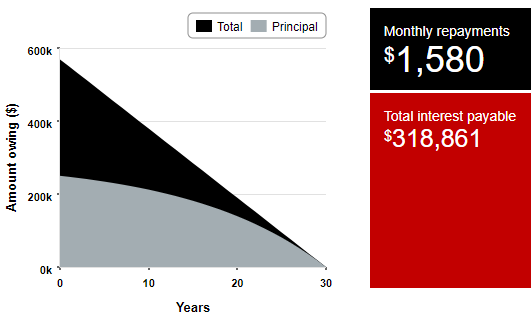Earlier this year, the Consumer Financial Protection Bureau (CFPB) released the details for the “ability to repay” and “qualified mortgage” rule. The rule will go into effect on January 10, 2014.
“[The Qualified Mortgage] is intended to create a class of ‘safer’ mortgages. It does this by (A) restricting certain loan features, (B) capping mortgage points and fees, and (C) imposing certain underwriting requirements for loans. In exchange for generating QM loans, lenders will be given some degree of legal protection from consumer lawsuits, either in the form of a safe harbor or a rebuttable presumption.” Read more here.
Here are the main highlights and effects of a Qualified Mortgage:
|
Limits on loan features |
|
|
Points and fees cap |
|
|
Relevant underwriting requirements |
|
A lot of the goals of the rule do make sense, but I would like to comment on some of its points:
Limits on loan features: I have not seen any negative amortization loans offered since the credit crunch occurred. Interest-only loans are still available, but only when there is equity in the home and the borrower qualifies on a fully-amortized payment, sometimes at a higher interest rate than the Note rate.
Points and fees cap: Although it seems like a good feature to limit points and fees, this will result in less competition among lenders for lower loan amounts. The CFPB does not require retail banks or lenders to include their compensation in this 3% limit, but they do require wholesale mortgage brokers to include it. Why this discrepancy exists is beyond me; rules like this should be uniform among the different lending channels. Since the 3% limit will affect lower loan amounts, and if wholesale mortgage brokers cannot originate a loan because of this limit, that means less competition in interest rate and cost that a consumer can shop for.
Relevant Underwriting Requirements: I don’t see many changes from what we know now except for the monthly debt-to-income ratio. However, my readings indicate that most loans will be exempt from the 43% cap, with Fannie Mae or Freddie Mac approval. The current standard Debt-to-Income ratio cap is 45%, but does depend on the loan amount, reserves and other factors.
As with anything, we will see the true effects of the rule upon implementation.


